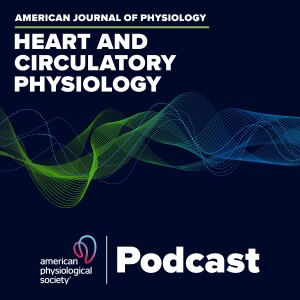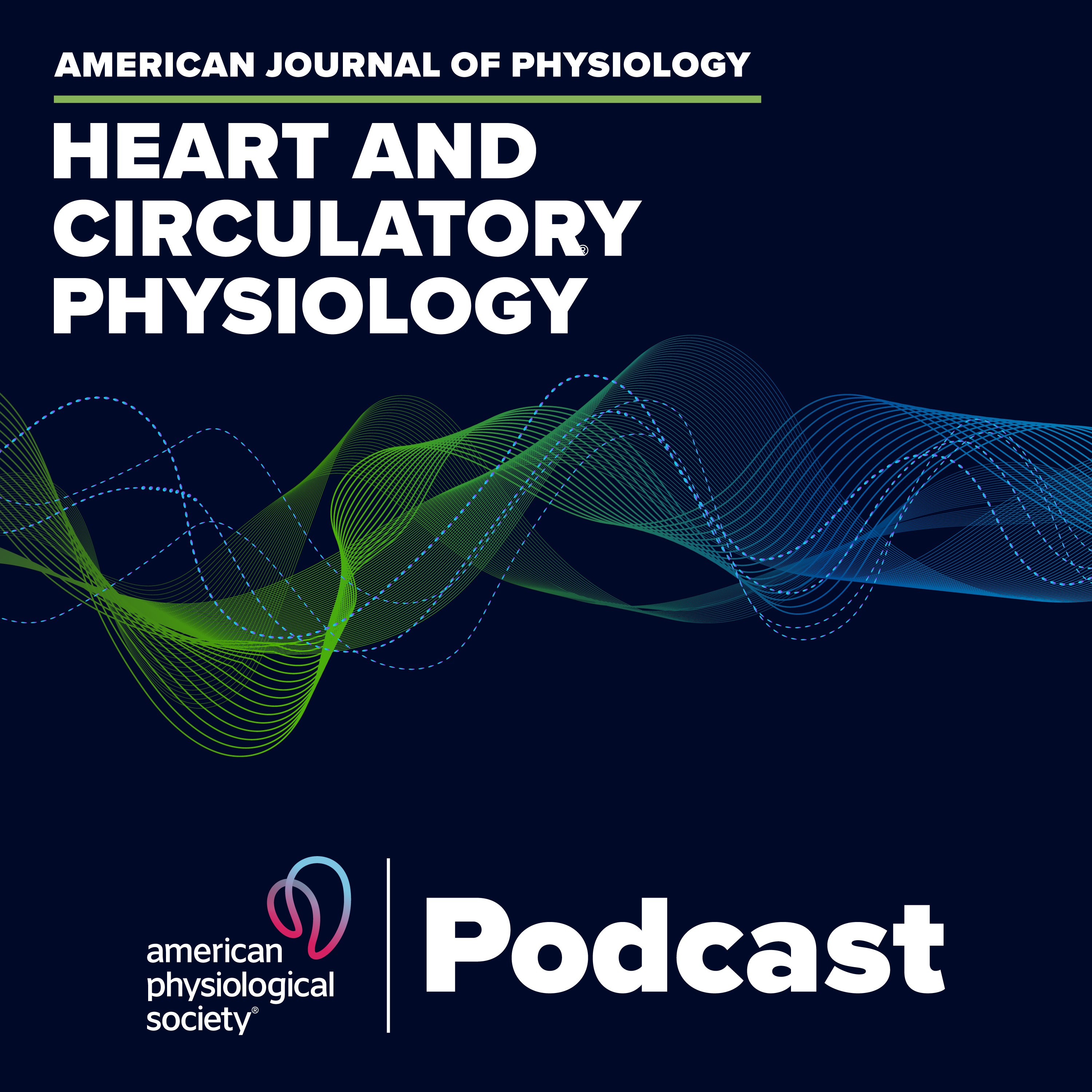Episodes

Monday Feb 06, 2017
Cerebroarterial Dysfunction in Swedish-Arctic AD Mice
Monday Feb 06, 2017
Monday Feb 06, 2017
In a true chicken-and-egg question, can researchers accurately pinpoint if cerebrovascular pathology or Alzheimer's disease (AD) present sequentially or simultaneously? Listen as Guest Editor Vincenzo Lionetti (Institute of Life Sciences, Scuola Superiore Sant'Anna, Pisa, Italy) interviews lead author Mario Merlini (University of Zurich, Switzerland, and Gladstone Institute of Neurological Disease, UCSF) and content expert Roy Weller (University of Southampton School of Medicine) about the novel work by Merlini et al that seeks to untangle the complicated web of cerebrovascular pathology, AD pathology, and vascular dementia, as well as neuronal and endothelial tau pathology. In this extended podcast, we speculate on the role that endothelial tau may play in disrupting nitric oxide synthase in the nucleus. Our experts consider whether endothelial dysfunction at the onset of AD is a gene or age-dependent phenomenon. Why did Merlini and co-authors use histology to investigate the loss of cyclic-GMP in the absence of amyloid deposits in the basilar artery? Does the Swedish-Arctic mouse model accurately reflect the AD clinical condition? Listen to this intriguing conversation and find out.
Mario Merlini, Yi Shi, Stephan Keller, Gianluigi Savarese, Alexander Akhmedov, Rebecca Derungs, Remo D. Spescha, Luka Kulic, Roger M. Nitsch, Thomas F. Lüscher, Giovanni G. Camici Reduced nitric oxide bioavailability mediates cerebroarterial dysfunction independent of cerebral amyloid angiopathy in a mouse model of Alzheimer’s disease Am J Physiol Heart Circ Physiol, published February 1, 2017. DOI: 10.1152/ajpheart.00607.2016

